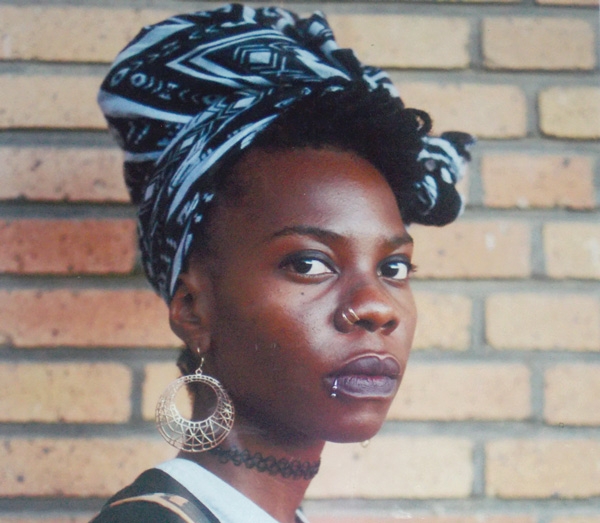
The Politics of Black Hair Exhibition

Despite the city lights that twinkled in a blurry haze and the wind sighing and thrashing the tree tops due to the cold rain on Tuesday evening, the Franco Namibian Cultural Centre held its latest exhibition titled, “The Politics of Black Hair” by photojournalist Hildegard Titus. The exhibition is on show until 30 June at restaurant La bonne table.
The exhibition showcases an array of pictures of black woman adorned in different hairstyles, mostly from Windhoek but also from the suburbs of London (UK) such as Brixton. The subjects in these exhibition are very culturally diverse as Titus captures the Nama lady wearing her modest “doekie”, to an Ovahimba woman’s sculpted locks of clay and ointment. The exhibition also explores new alternative hairstyles such as synthetic extensions to the black hair in its disarrayed natural state.
Speaking to the Economist, the quirky young photojournalist delved into the inspiration for her work. Titus explained that all her photographs are titled according to the location where the picture was captured. This she does to sensitize audiences that issues related to black hair are similar, and universal. Titus said “in professional settings, a black woman’s natural hair is frowned upon as it is considered untidy.” However she added that people are becoming more educated about their hair, chemicals applied to it, and its history. Thus modern discourses on the perception of hair are evolving as people are more excepting of their roots, she said.
Although the “Politics of Black Hair” exhibition lacks the seasoned gaze of an experienced photographer to capture the subject and tell a whole story with a mere picture, it does however evoke debate around issues of race, politics and identity. Black hairstyles then become a vehicle of the history and pride of black existence.
With regard to the often-cited stigma associated with young black woman wearing their hair in its natural state, Titus reminisced about snarky comments she received from strangers in the past. Remarks such as “you’ve got really nice hair for a black girl” she said portray a lack of respect for the natural state since it shows that people tend to judge any individual by their hair.
Titus showcases the critical and ideological thinking of journalists and brings to the fore the connection between personal issues such as hair and how it surfaces as a political matter through repression and a lack of understanding for certain groups.











































